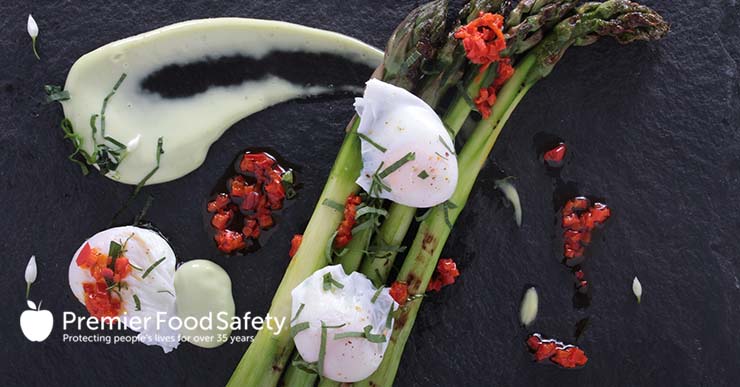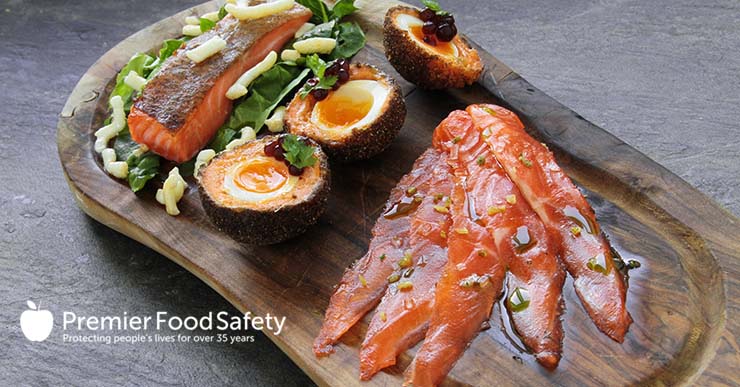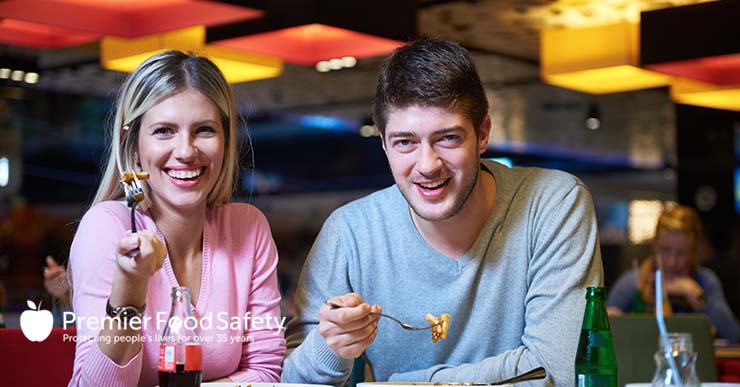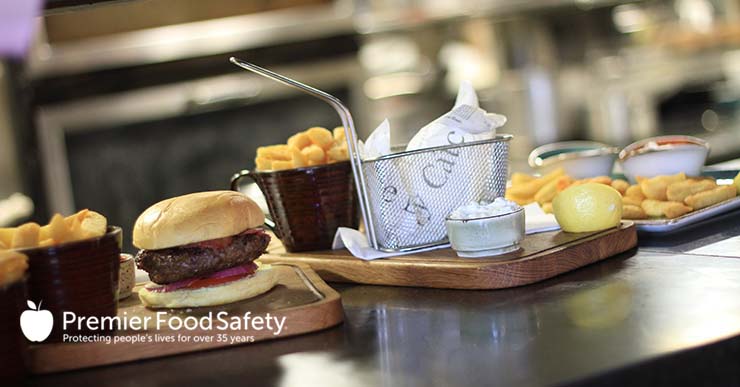Monthly Archives: May 2018
Published May 31, 2018
Subway’s Loyalty App Splits Consumers
The new age of App ruled business has attempted to make a toe hold for Subway. Looking to revamp their business image after their spokesman went to jail for heinous crimes and the allegations of foreign material in the breads, the remodel has been met with mixed reviews. While the remodel and menu structure has […]
Read More: https://premierfoodsafety.com/blog/subways-loyalty-app-splits-consumers/
Published May 28, 2018
Does Publishing an Open Letter to Your Competition Work?
These days, “open letters” seem to be all the rage, whether in social activism, or in marketing. Within the competitive world of quick-serve restaurants, there has been a longstanding debate about whether to address the competition head-on, calling out their flaws, or to simply let your own product do the talking and stand alone. These […]
Read More: https://premierfoodsafety.com/blog/does-publishing-an-open-letter-to-your-competition-work/
Published May 24, 2018
Small and Independent Brewers See Sustained Growth in 2017
According to The Brewers Association (BA), small and independent craft brewers in the U.S. are growing at a steady rate. In 2017 alone, craft brewers experienced a 5 percent increase in volume and an 8 percent rise in their retail dollar value. Bart Watson, the Chief Economist for the Brewers Association attributes much of the […]
Read More: https://premierfoodsafety.com/blog/small-and-independent-brewers-see-sustained-growth-in-2017/
Published May 21, 2018
JLL Real Views – How Midmarket Restaurants Can Stay at the Top of Their Game – by Natasha Stokes
Midrange eateries, those that fall between the fast food diner and the fine dining establishmrnts, are struggling to keep a toehold in the industry. The idea of having something reasonably tasty for everyone isn’t necessarily working for this sector of the restaurant biz any more. Customers that want quick and cheap are fast-fooding, while an […]
Published May 17, 2018
Seafood Rides the Fast Casual Wave
Seafood chains have always represented the smallest percent of fast casual food options in the restaurant industry. Some of it may be cultural, with options like lobster and haddock simply being the sort of food one eats with a tablecloth and wine. Some of it can be traced to cost, as seafood supply and prices […]
Read More: https://premierfoodsafety.com/blog/seafood-rides-the-fast-casual-wave/
Published May 14, 2018
How Franchises Can Survive Minimum Wage Hikes
Due to a changing wage landscape in the U.S. and Canada, fast-food franchises will be facing some steep financial challenges in the short- and long-term. As of January 1st of this year, 20 states have initiated minimum wage increases, including Maine and Alaska. In the Canadian provinces, there is a similar trend. While some feel […]
Read More: https://premierfoodsafety.com/blog/how-franchises-can-survive-minimum-wage-hikes/
Published May 10, 2018
What It Means to Go Green in 2018
Within the quick-serve restaurant industry, the focus of restaurateurs has spread far beyond just the food and service. Discerning customers are also concerned about their impacts on the planet, and operators must keep in line or get left behind. Major points of focus include reduction of food waste, which is a huge issue from an […]
Read More: https://premierfoodsafety.com/blog/what-it-means-to-go-green-in-2018/
Published May 7, 2018
Study: Kiosk Demand on the Rise in Quick Service
The technological and digital era that has erupted in recent years with the advent of new devices and software has left many industries wondering what their landscape will look like in the coming years. One of these that has since re-emerged due to a clear need for them, is that of kiosk demand for quick […]
Read More: https://premierfoodsafety.com/blog/study-kiosk-demand-on-the-rise-in-quick-service/
Published May 3, 2018
5 Trends Restaurants Can’t Afford to Ignore in 2018
Every year brings with it new trends in the restaurant industry, and 2018 is no different. Quick-serve establishments need to keep an eye out and remain apprised of the top changes coming their way. These include a trend towards customization, coupled with convenience in the form of mobile ordering or instant pick-up. And, customers are […]
Read More: https://premierfoodsafety.com/blog/5-trends-restaurants-cant-afford-to-ignore-in-2018/
ARCHIVES
- Commentary
- Want to Optimize Your Menuboards? Try Analytics
- One Coffee Shop’s Mission-Focused Approach to Marketing
- Why the Future of Sandwiches is Global
- Create a Stunning Look with Custom and Themed Table Tops
- Is Alcohol Worth the Price for Fast Casuals?
- Food Handler
- How to Compliment Guests
- Tips for balancing your job and your relationship
- More annoying customers that drive you crazy
- The tip of a lifetime
- Customers are annoying
- Food Manager
- Online ordering – the future is now!
- Improve assistant manager skills to boost business
- How to Manage and Control Food Costs
- Sustainable food is good for business (and the environment!)
- What’s the Deal with Baby Boomers?
- News
- Jimmy John Liautaud to Receive Horatio Alger Award
- Loyalogy Announces New 2018 Rewards Program Research Study with Customized Options for Restaurant Companies
- Pita Pit’s CEO Talks Fresh Menu, Future Changes
- Leaders Establish Foodservice Consulting Firm
- CoreLife Eatery Announces New Franchising Opportunities
- Quiz
- Trending










